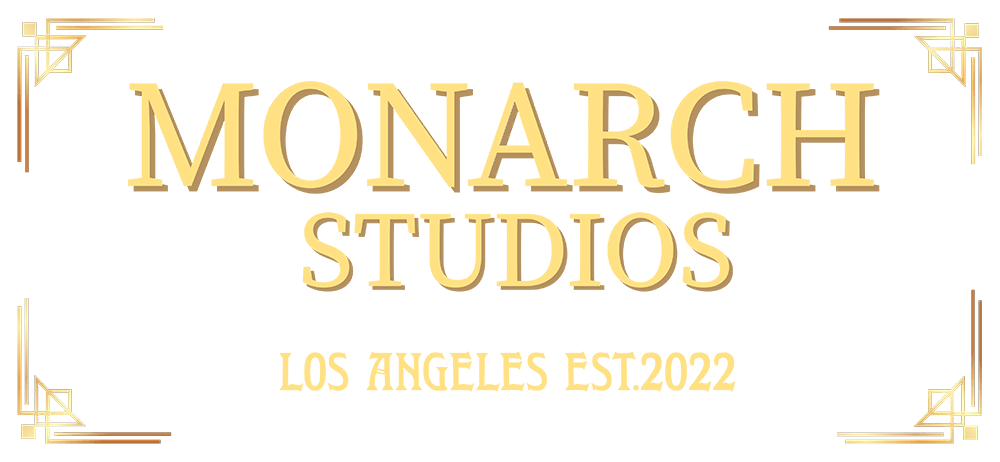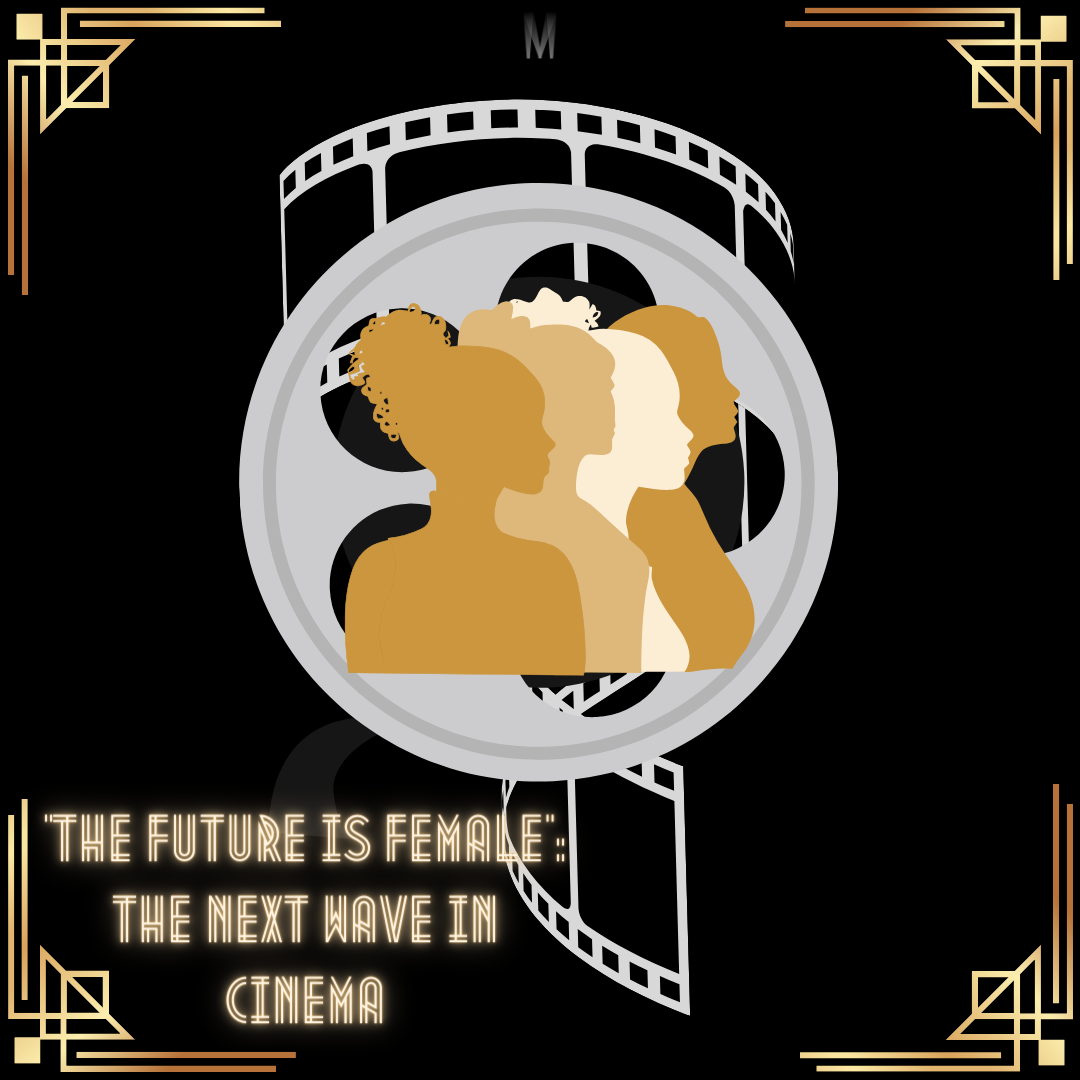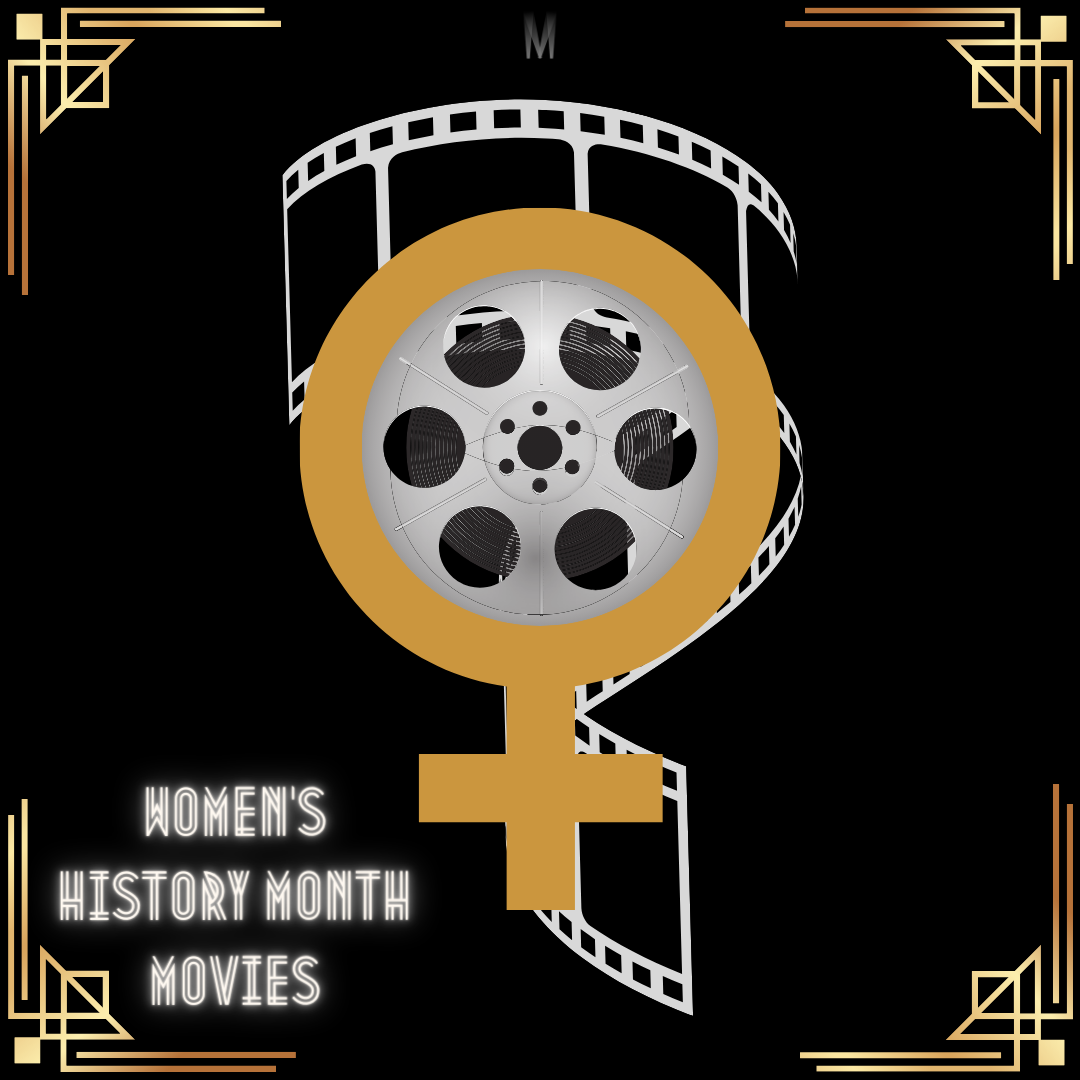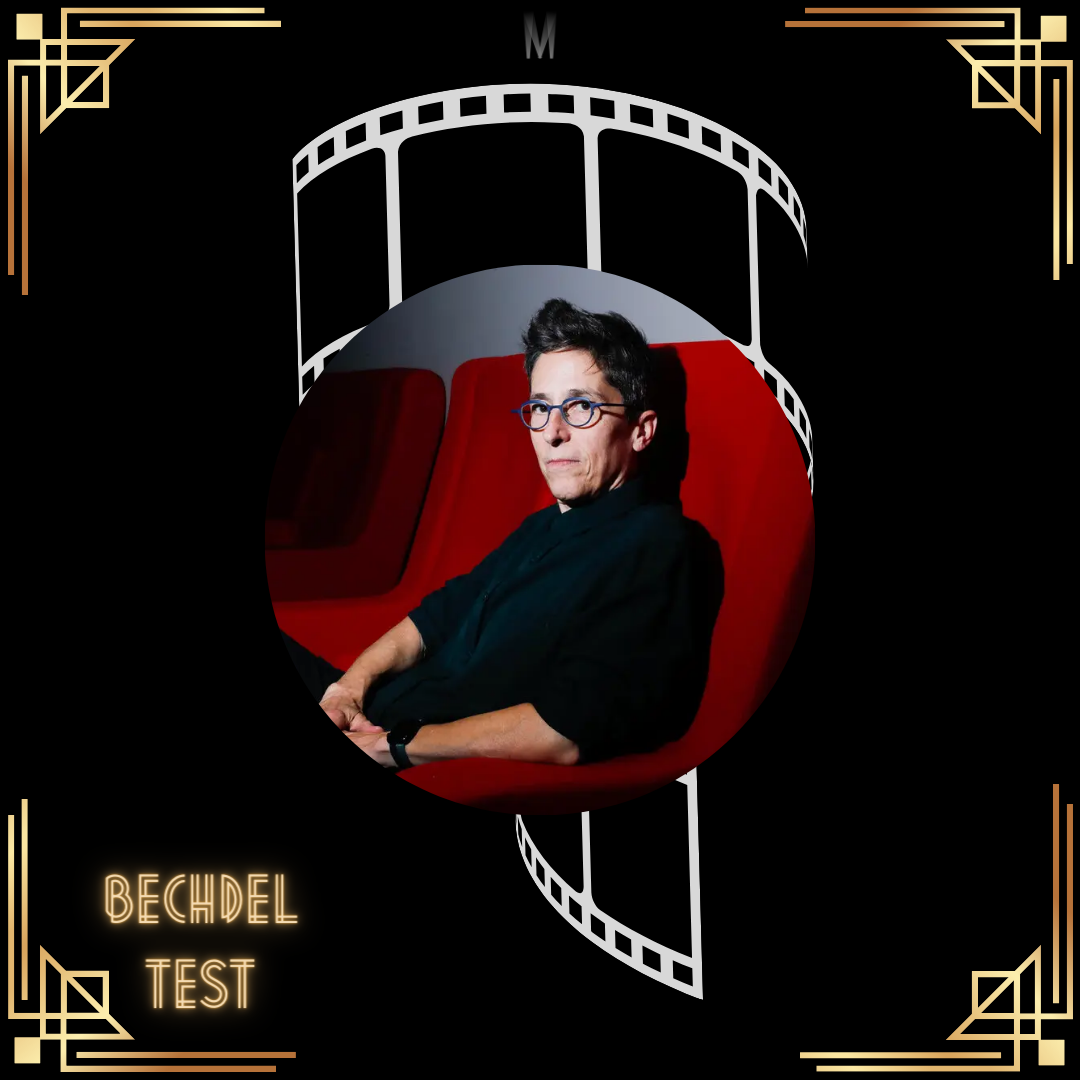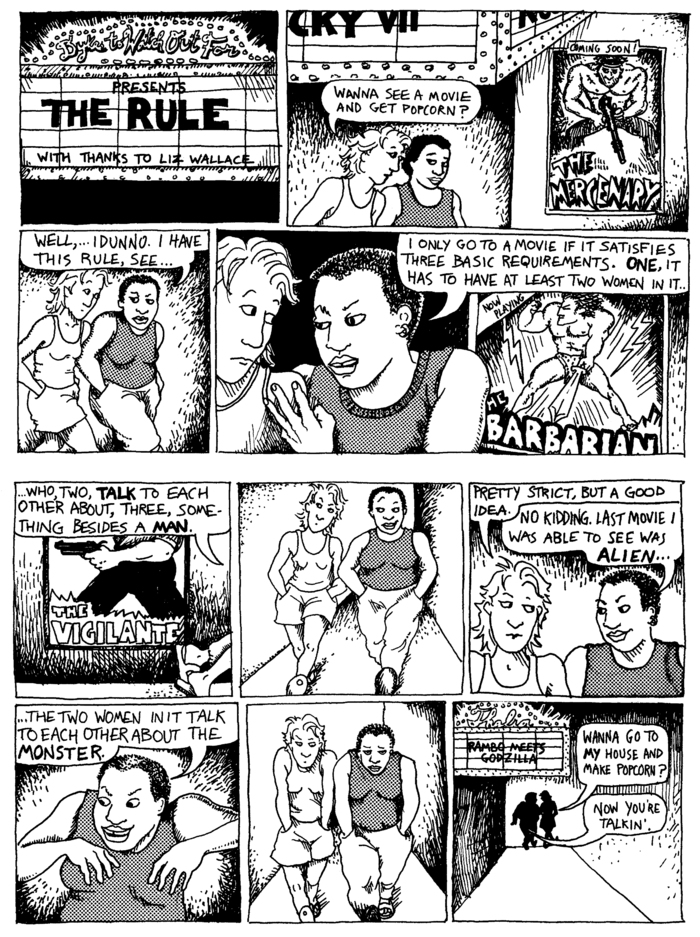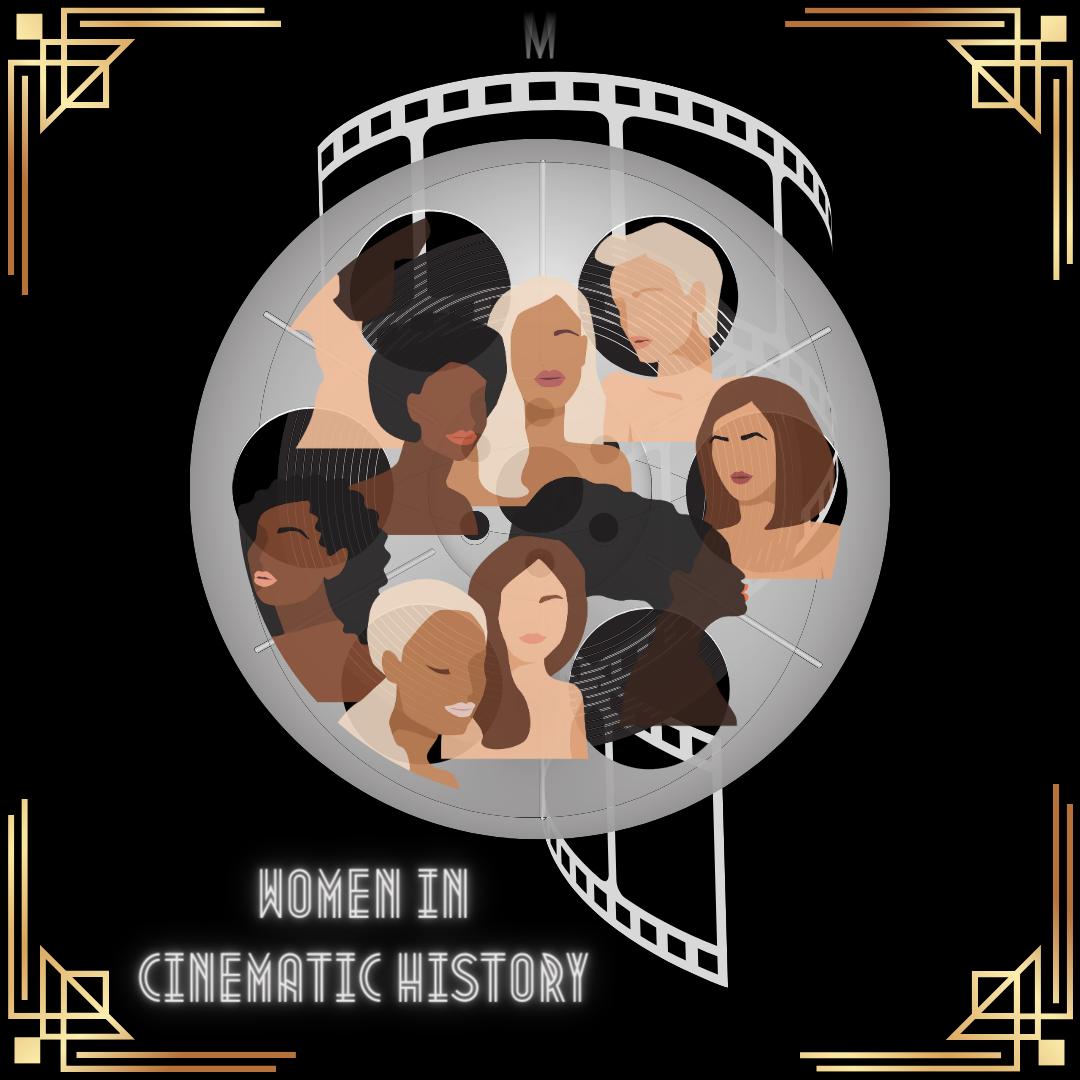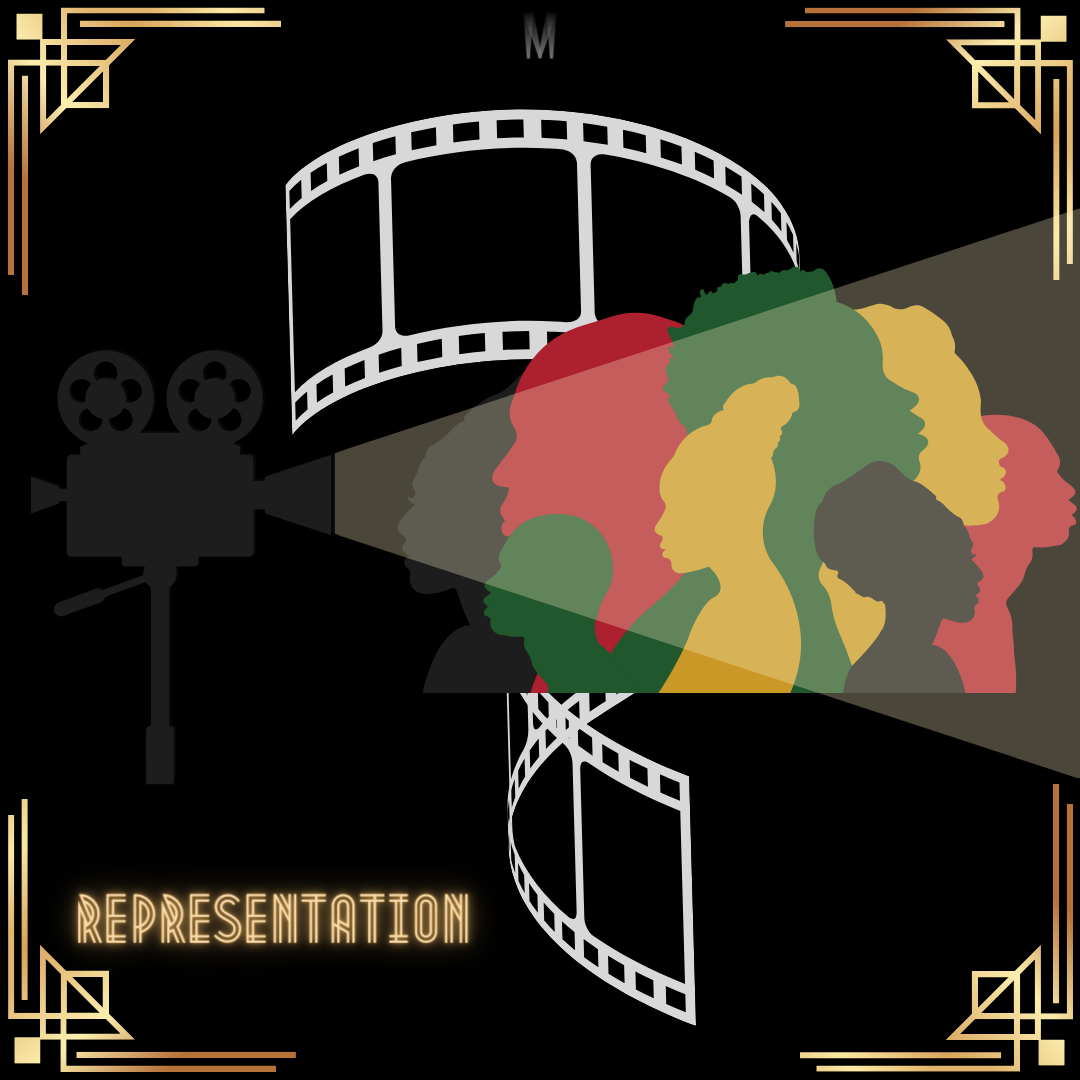As we look ahead to the future of cinema, one thing is clear – the future is female. Women are making significant strides in all aspects of filmmaking, from directing to producing, acting to writing. Their unique perspectives, creativity, and talent are reshaping the industry in exciting ways. With more diverse voices being heard and more opportunities opening up, the cinematic landscape is becoming richer and more inclusive. The future of cinema is bright, bold, and undeniably female.
Women are increasingly taking center stage both in front of and behind the camera, shaping the narratives and characters we see on screen. Their voices are being heard louder than ever, bringing fresh perspectives and stories to the forefront of the film industry. With their creativity, passion, and talent, women are breaking barriers and paving the way for a more diverse and inclusive representation in cinema. From directing and producing to writing and acting, women are making a remarkable impact, inspiring future generations to dream big and reach for the stars. As the spotlight continues to shine on their remarkable contributions, the world of entertainment is richer and more vibrant thanks to the incredible women who are driving change and redefining the art of storytelling.
Female directors, writers, producers, and actors are breaking barriers and bringing diverse stories to life. Their creative vision is not only reshaping the entertainment industry but also challenging traditional norms and stereotypes. With their unique perspectives and talents, these women are paving the way for a more inclusive and representative media landscape. By amplifying voices that have long been marginalized, they are enriching our cultural tapestry and inspiring future generations to dream big and reach for the stars. The impact of their work goes beyond the screen, sparking important conversations and fostering a more empathetic and understanding society. As we celebrate the achievements of these trailblazing women, we are reminded of the power of storytelling to unite us all and ignite positive change.
This shift towards more female representation is not only empowering but also essential for creating a more inclusive and authentic cinematic landscape. It is crucial to recognize the significance of increasing female representation in the film industry. By showcasing diverse perspectives and experiences on screen, we not only empower women but also contribute to a more inclusive and authentic cinematic landscape. This movement towards equality and diversity not only enriches storytelling but also provides opportunities for talented individuals to shine regardless of gender. Embracing female voices in cinema helps to break stereotypes, inspire future generations, and foster a more vibrant and dynamic film industry for all to enjoy.
The voices of women from different backgrounds and experiences are enriching the storytelling in ways that resonate with audiences worldwide. Their narratives weave together a tapestry of diversity, offering unique perspectives and insights that have the power to captivate and inspire. Through their voices, the world gains a deeper understanding of the complexities of human existence and the beauty found in the varied hues of life. As these women share their stories, they not only break barriers but also build bridges, connecting hearts and minds across continents. Their words echo with strength, resilience, and wisdom, reminding us of the infinite power that lies within each individual to shape the world with their stories.
As we embrace the evolving landscape of cinema, we celebrate the creativity, talent, and vision that women bring to the industry. Women have long been an integral part of the cinematic world, shaping narratives, characters, and visual storytelling in profound ways. From directors to producers, screenwriters to cinematographers, actresses to editors, women have left an indelible mark on the silver screen. Their unique perspectives, experiences, and artistic sensibilities have enriched the medium, bringing forth diverse stories and representations that resonate with audiences worldwide.
As we look to the future of cinema, it is crucial to continue championing and supporting women in all facets of the industry. By fostering an inclusive and empowering environment, we can ensure that their voices are heard, their talents are recognized, and their contributions are valued. Together, let us celebrate and amplify the creativity, talent, and vision that women bring to the cinematic landscape, inspiring generations to come with their innovation and artistry.
The future of cinema is bright, bold, and undeniably female. As more and more talented female filmmakers, writers, directors, and producers take center stage in the film industry, the landscape of cinema is undergoing a powerful transformation. Their voices bring fresh perspectives, compelling narratives, and diverse storytelling that resonate with audiences worldwide. With each new film, they challenge stereotypes, break boundaries, and pave the way for a more inclusive and equal cinematic experience. The future of cinema is indeed bright, bold, and undeniably female, and it promises to captivate, inspire, and empower generations to come.
Shoot your next project at Monarch Studios, where creativity knows no bounds and your vision comes to life in vibrant colors and crisp imagery. Monarch Studios offers spacious and versatile standing sets, warehouse, and yard space to make your project shine. Our team of experienced professionals will work tirelessly to ensure your vision is brought to fruition, exceeding your expectations every step of the way. Book your shoot at Monarch Studios and let your creativity soar to new heights.
